TechRadar Verdict
The Oppo Find X8 Pro is an excellent Android phone that manages to impress in nearly every department, despite taking obvious inspiration from the iPhone 16 Pro. It sports a quad camera system that’s better than any I’ve used previously, and takes great photos in almost all conditions. The Quick Button gives the camera app its own useful shutter. The display is bright and immersive, and it's tough to get the phone to slow down. However you feel about the originality of Oppo’s ideas, the Find X8 Pro is a fantastic smartphone experience.
Pros
- +
Incredible camera system
- +
Excellent display
- +
Rapid charging
- +
Bold and beautiful design
Cons
- -
Very expensive
- -
Very clearly inspired by other handsets
Why you can trust TechRadar
Oppo Find X8 Pro: Two-minute review
The Oppo Find X8 Pro is built on truly excellent hardware. It sports a sleek premium design, a luxurious 6.78-inch display, and the best mobile camera system I’ve ever used. Its snappy performance and innovative UI animations also make it one of the smoothest-feeling phones on the market, and this combination of great hardware and slick software is reflected in the Find X8 Pro's high (but arguably competitive) retail price.
However, the Find X8 Pro has clearly taken one or two (or ten) design cues from the iPhone 16 Pro, and at several points during this review, I found myself asking how much originality counts for. In many ways, the Find X8 Pro blazes past its inspiration, with smoother software, more powerful cameras, and – to my eye – a more interesting design. But Oppo can only take so much credit for a phone so substantially built on another phone maker’s ideas.
Philosophizing aside, the Oppo Find X8 Pro is full to the brim with impressive tech. Its display is sharp, colorful, and immersive, and at 6.78 inches is about as large as I’d want a phone screen to get. The back of the phone is where the real magic happens, though – the quad-camera system on the Oppo Find X8 Pro is truly class-leading, with four 50MP snappers at various levels of optical magnification.
Internally, the phone is just as solid, with a MediaTek Dimensity 9400 chipset and 16GB of RAM. The Find X8 Pro handled everything I threw at it with aplomb. I felt like I was gliding through the ColorOS 15 Android wrapper in day-to-day tasks, and no game or app seemed to vex the system at all. This software experience is unfortunately marred by a large amount of bloatware.
Overall, whether the Find X8 Pro is for you comes down to how much you care about originality. People who want an iPhone will always get an iPhone, and because of that, I'm drawn to the idea that Oppo isn't so much chasing Apple customers as it is interpreting Apple features, which might even be a boost for those who prefer Android to iOS. However you feel about that debate, though, this is a great Android phone loaded with top-flight features; with a specs sheet like this, perhaps an identity crisis is forgivable.
Oppo Find X8 Pro review: Price and availability
- Costs £1,049 / AU$1,799, available in one configuration
- Not available in the US
The Oppo Find X8 Pro costs £1,049 in the UK and AU$1,799 in Australia. It comes in two colors – Pearl White or Space Black – and ships with a non-configurable 512GB of storage and 16GB of RAM. As with all Oppo phones, it's very unlikely that the Find X8 Pro will launch in the US, though the upcoming OnePlus 13 could offer similar (if not identical) specs.
At this price, the Oppo Find X8 Pro is directly challenging premium flagships like the iPhone 16 Pro and Samsung Galaxy S24 Plus, both of which start at £999 in the UK, while the former starts at AU$1,799 in Australia and AU$1,699 for the latter. Matching these established brands on price is a bold move from Oppo – Chinese manufacturers have traditionally sought to undercut Western competitors on price to compensate for weaker reputation. The Find X8 Pro is full of premium hardware, however, so the value is definitely there.
Sign up for breaking news, reviews, opinion, top tech deals, and more.
Oppo Find X8 Pro review: Specs
| Dimensions: | 162.27 × 76.67 × 8.34 mm (Pearl White), 162.27 × 76.67 × 8.24 mm (Space Black) |
| Weight: | 215g |
| Display: | 6.78-inch AMOLED |
| Resolution: | 1264 x 2780 |
| Refresh rate: | 120Hz |
| Chipset: | MediaTek Dimensity 9400 |
| Rear cameras: | 50MP main (f/1.6, 23mm), 50MP ultrawide (f/2.0, 15mm), 50MP 3x telephoto (f/2.6, 73mm), 50MP 6x telephoto (f/4.3, 135mm) |
| Front camera: | 32MP |
| Storage: | 512GB |
| RAM: | 16GB |
| OS (at launch): | Android 15 with ColorOS 15 |
| Battery: | 5,910mAh |
| Charging: | 80W wired, 50W wireless |
Oppo Find X8 Pro review: Design
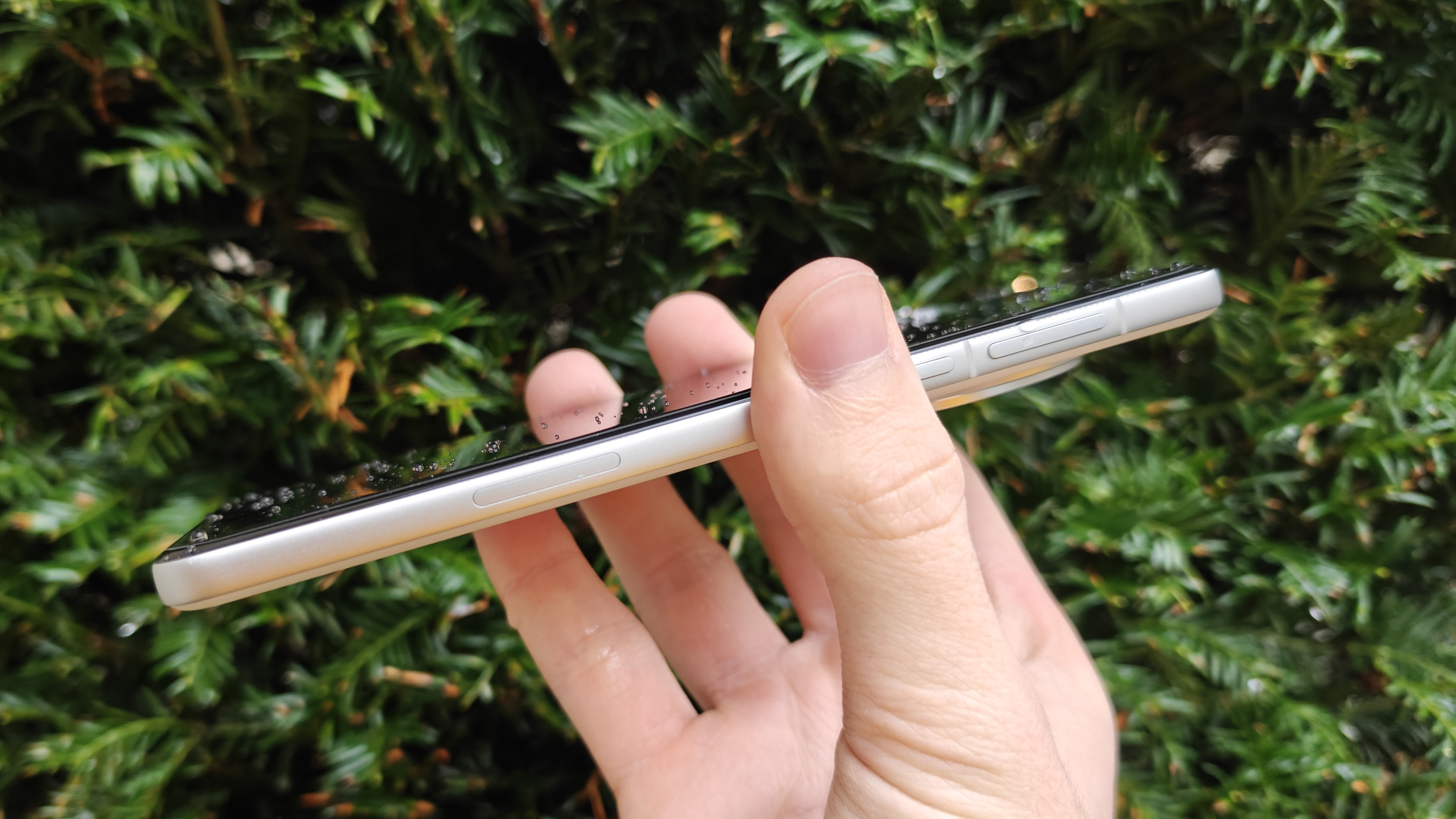
- Comes in two colors – Pearl White and Space Black
- Rounded frame with new Quick Button – a shutter button for the camera app
- Rounded quad-camera housing
The Oppo Find X8 Pro is a strikingly beautiful device. The unit I tested came in Pearl White, which casts a unique pearlescent pattern on each individual handset (there's also a muted Space Black option). It’s subtle in all but the most direct light, which for me strikes the perfect balance between understated and fascinating. Both color options are rated at both IP68 and IP69 for water resistance against both immersion and jets.
The Find X8 Pro is otherwise simple-looking, but keeps things feeling premium with well-chosen materials and attention to detail. The phone is weighty, at 215 grams, but doesn’t feel overly heavy. The camera housing on the Pearl White model is made of polished metal, rather than the glass found on premium OnePlus models, and I have to say, I’m a fan. It gives an industrial contrast to the artsy rear cover and everything on the rear panel a pleasant muted sheen.
The front panel hosts a 6.78-inch screen, curved slightly on each edge. The selfie camera is a reasonably inconspicuous punch-hole design that serves as the midpoint of the software-only Dynamic Cloud – which is, as it sounds, very similar in form and function to Apple’s Dynamic Island.
Ergonomically, the Find X8 finds a nice balance between the ultra-thin curved phones of five or so years ago and the blocky flagships of today. It feels great to hold, but is a little slippery. The phone also seems plenty durable, with weighty buttons and aluminum rails, and comes with a screen protector pre-installed.
On the topic of buttons, the new Quick Button can be found on the lower right-hand side of the frame. The Quick Button is a camera button in all but name, and currently only supports functions and shortcuts directly related to the camera. It’s a nice addition to have and sits flatter than the iPhone’s Camera Control, feeling overall less obtrusive as a result.
Design score: 4 / 5
Oppo Find X8 Pro review: Display
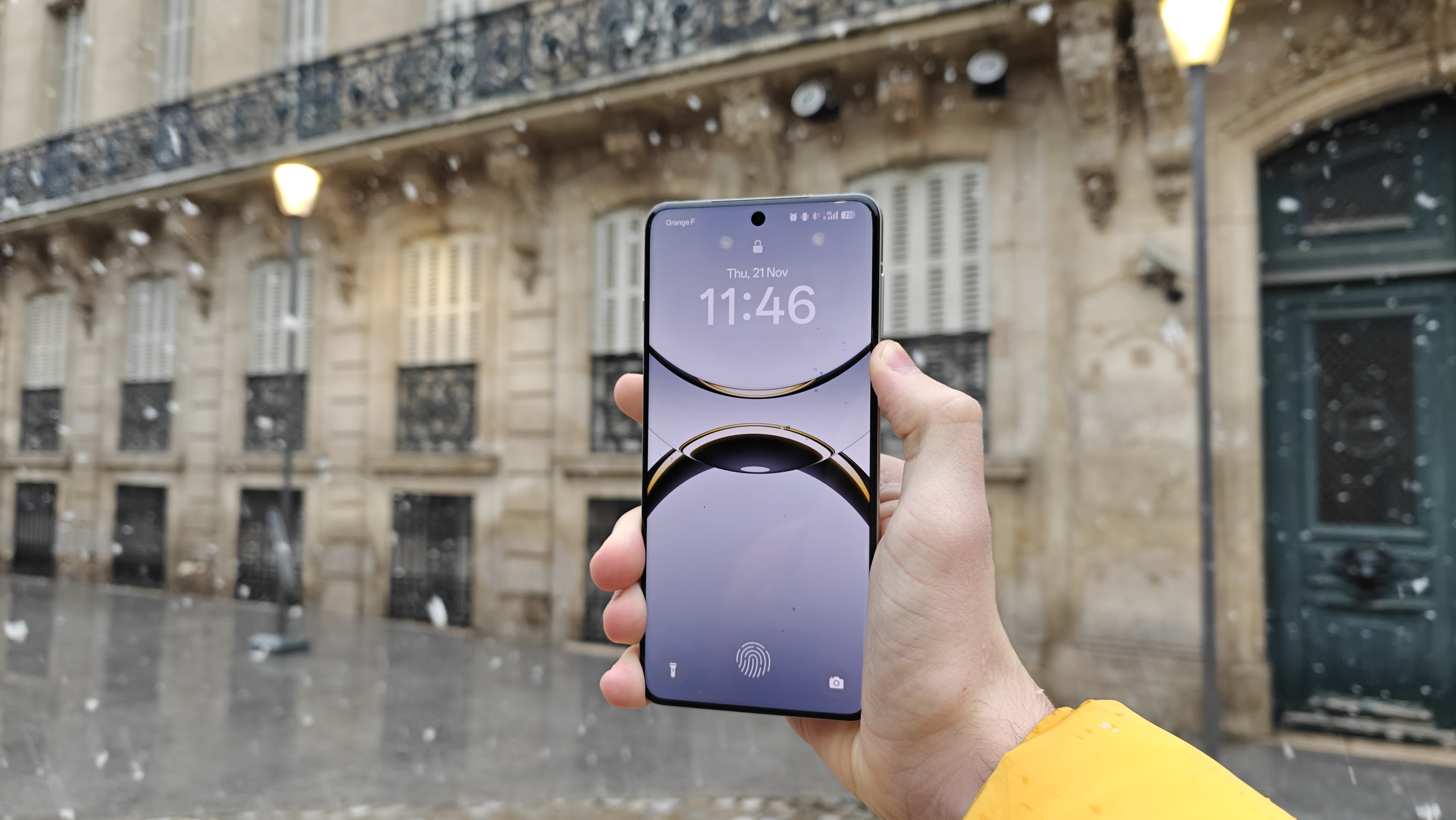
- 1264 x 2780 resolution (19.8:9 aspect ratio)
- 120Hz refresh rate
- Ludicrous peak brightness of 4500 nits
The display on the Oppo Find X8 Pro is a sharp 1264 x 2780 panel with a 120Hz refresh rate that works in tandem with Oppo’s new animation technology to offer a truly fluid experience. At 6.78 inches, this is as large as I’d want a phone screen to be, and this size lends itself to dual senses of openness and immersion.
The display on the Find X8 Pro isn’t the highest resolution on the market, but it’s certainly enough to make images and video look razor-sharp. There’s plenty of color, and though I’ve definitely seen panels with richer contrast, the Find X8 is well beyond serviceable. The large size and overall sharpness of this panel lends itself well to all types of games, from the landscape shoot-em-up Call of Duty Mobile to charming vertical RPGs like Mousebusters.
The Find X8 Pro’s screen can reach a respectable 800 nits of brightness in typical use, with an absolute maximum of 4500 nits. That is ludicrously bright and far past the realm of actual usefulness. I found the phone to be reasonably bright in normal use, though colors can appear slightly blown out at the higher end of the brightness slider. I never found myself struggling to read the display outside, though the auto-brightness can sometimes make the screen a little too dim indoors.
Display score: 4 / 5
Oppo Find X8 Pro review: Software

- Android 15 with ColorOS 15
- Unacceptable amount of bloatware
- Google Gemini-powered AI
ColorOS 15 is one of the smoothest experiences I’ve had with a smartphone operating system, neck-and-neck with OxygenOS 15 – which adds up, considering they’re basically the same thing. AI is provided courtesy of Google Gemini, with support for Circle to Search, writing tools, document summarization, voice memo transcription, and photo editing tools.
Oppo has imbued ColorOS with some of the highest quality animations I've ever seen on a mobile OS. This translates into exceptionally smooth navigation, and in combination with Oppo’s other fantastic UI animations, depth of field effects, and other visual tricks, gives the operating system a playful sense of elasticity and responsiveness I’ve seen nowhere else in the smartphone market, bar maybe the iPhone.
That leads us to an unavoidable fact about ColorOS 15 – the liberal inspiration it's taken from iOS. Everything from the default wallpapers to the way the date and time sit on the lock screen to the layout of the settings app feels like an echo of the iPhone. The Dynamic Cloud, while useful, is barely distinct from the iPhone's Dynamic Island, and the Quick Settings tab is almost a one-for-one recreation of the iOS 18 control center. Oppo is clearly well-versed in making fantastic software that runs like it's being chased, but it’d be nice to see more of the company’s own personality come through.
Another unfortunate mark on an otherwise exceptionally fast software experience is the absolutely unacceptable amount of bloatware the phone ships with; a ridiculous inclusion on a device of this price that regrettably tarnished my first impressions of the phone. I also couldn't get Google Wallet to enable contactless payments – unrelated, but important.
Software score: 3 / 5
Oppo Find X8 Pro review: Cameras
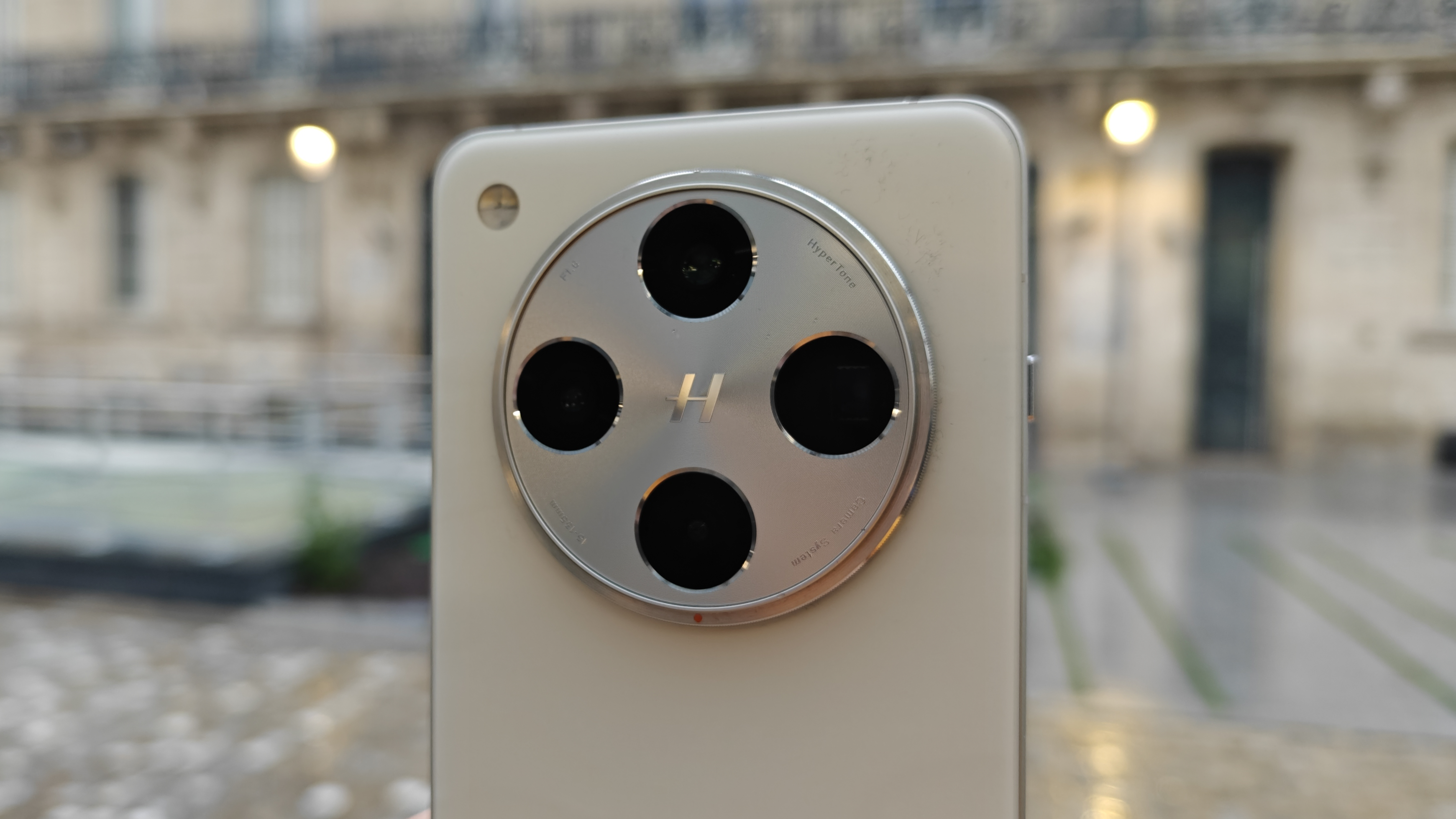
- 50MP wide camera
- 50MP ultra-wide camera
- 50MP telephoto with 3x optical zoom
- 50MP telephoto with 6x optical zoom
The camera system on the Oppo Find X8 Pro is absolutely superb. This is a robust, flexible, and staggeringly powerful camera setup that excels in most situations, particularly with its optical zoom and night photography. While there are a wealth of modes, features, and shooting options built into the Find X8’s camera app, the phone is truly brilliant at offering a fast and reliable point and shoot experience – I never had to consciously consider choosing night mode, or portrait mode, as the default photo tab worked so well. The new Quick Button – a shutter button in all but name – elevates this phone to something closer to a traditional digital camera, and the hardware is certainly there.
Each of the four cameras affixed to the Oppo Find X8 Pro has a 50MP sensor, ensuring consistent quality across its wide optical zoom range. You get an ultra-wide camera, main wide camera, 3x telephoto, and 6x telephoto. All of these cameras feel like powerful tools rather than tacked-on gimmicks, and despite my noted disdain for ultra-wide snappers I must say that this is the best one I’ve come across. Zooming in to the telephoto cameras feels like a natural extension of the main camera, and some excellent software trickery means the transition between lenses when zooming in and out is rarely noticeable.
The Find X8 Pro's optical zoom range of 6x is close to class-leading at this point, now that Samsung no longer fits its phones with 10x lenses. The Find X8 also offers a ludicrous digital zoom range of 120x, which is impressive up to about 40x and then serviceable up to 60x. Past that point, you’re relying on post-processing or an optional AI Telephoto Zoom mode to fill in the gaps and sharpen the blurry original image. The AI zoom isn't great at details, but can guess the outline of shapes and text with decent accuracy.
The camera system’s post-processing is very active overall – some people will prefer a less edited look, but I think it adds a nice amount of color depth, contrast, and sharpness, which directly opposes the brightened style favored by the iPhone and Galaxy flagships. As for video, the phone shoots in 4k at 60fps with the ability to shoot in slow-motion at up to 480fps in 720p.
And, of course, there’s a new way to control the camera system on the Find X8 Pro. The Quick Button appears in the same position and does some of the same things as the iPhone’s Camera Control – it’s seemingly a haptic-sensitive button that supports swiping touch gestures. The Quick Button only does a few things, though – a double press opens the camera app, wherein a single press takes a photo, a long press either takes a burst of photos or a video, and swiping back and forth in landscape mode zooms in and out.
Sure, this isn’t as deep a feature set as Apple’s version, but I still found the Quick Button to be massively effective in reducing the time from thought to photo. The only complaints I have are that the scroll-to-zoom can be a little ‘sticky’ sometimes or occasionally just not work, and that there’s no half-press-to-focus function (Oppo missed an open goal with that one).
Camera score: 4.5 / 5
Oppo Find X8 Pro Camera Samples




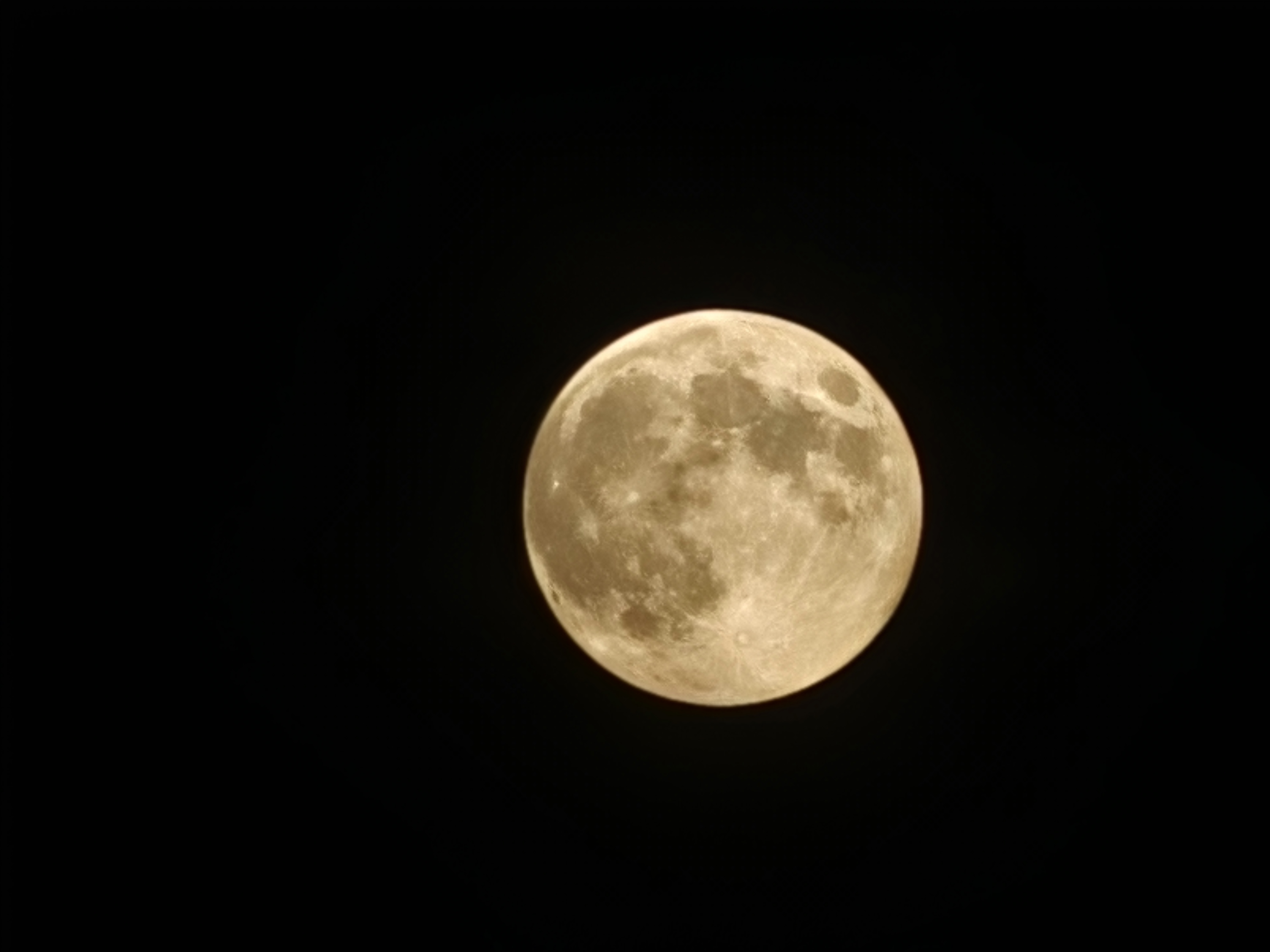
Oppo Find X8 Pro review: Performance

- MediaTek Dimensity 9400
- GPU: Immortalis G-925
- 16GB of RAM
Day-to-day, the Find X8 Pro performs admirably, powered by the MediaTek Dimensity 9400 chipset. I encountered no slowdown at all in general usage, and found I could swiftly switch between apps and games with no fuss from the hardware.
The phone also performs well across its array of AI tools, with reasonably fast load times and no real lag or slowdown. The Quick Button lives up to its name in accessing the camera app, which opens near-enough instantly from anywhere in the OS.
The Find X8 Pro comes equipped with 16GB of RAM, a generous allotment that means the phone has plenty of headroom for multitasking and AI. The phone's combination of strong internal specs and a large display also makes it a capable gaming machine, and I had no issues booting up games like Atom RPG or Call of Duty Mobile for sessions on the go, with little noticeable warming.
To put it simply, the Oppo Find X8 Pro just feels efficient. I didn’t notice anything putting more strain on the battery, and the phone seems happy to sustain a variety of concurrent processes. The phone excels in shaving milliseconds off of the hundred-a-day tasks: switching apps, opening files, installing software, and so on. This all adds up and makes using the Oppo Find X8 a fluid and satisfying experience.
Oppo Find X8 Pro review: Battery
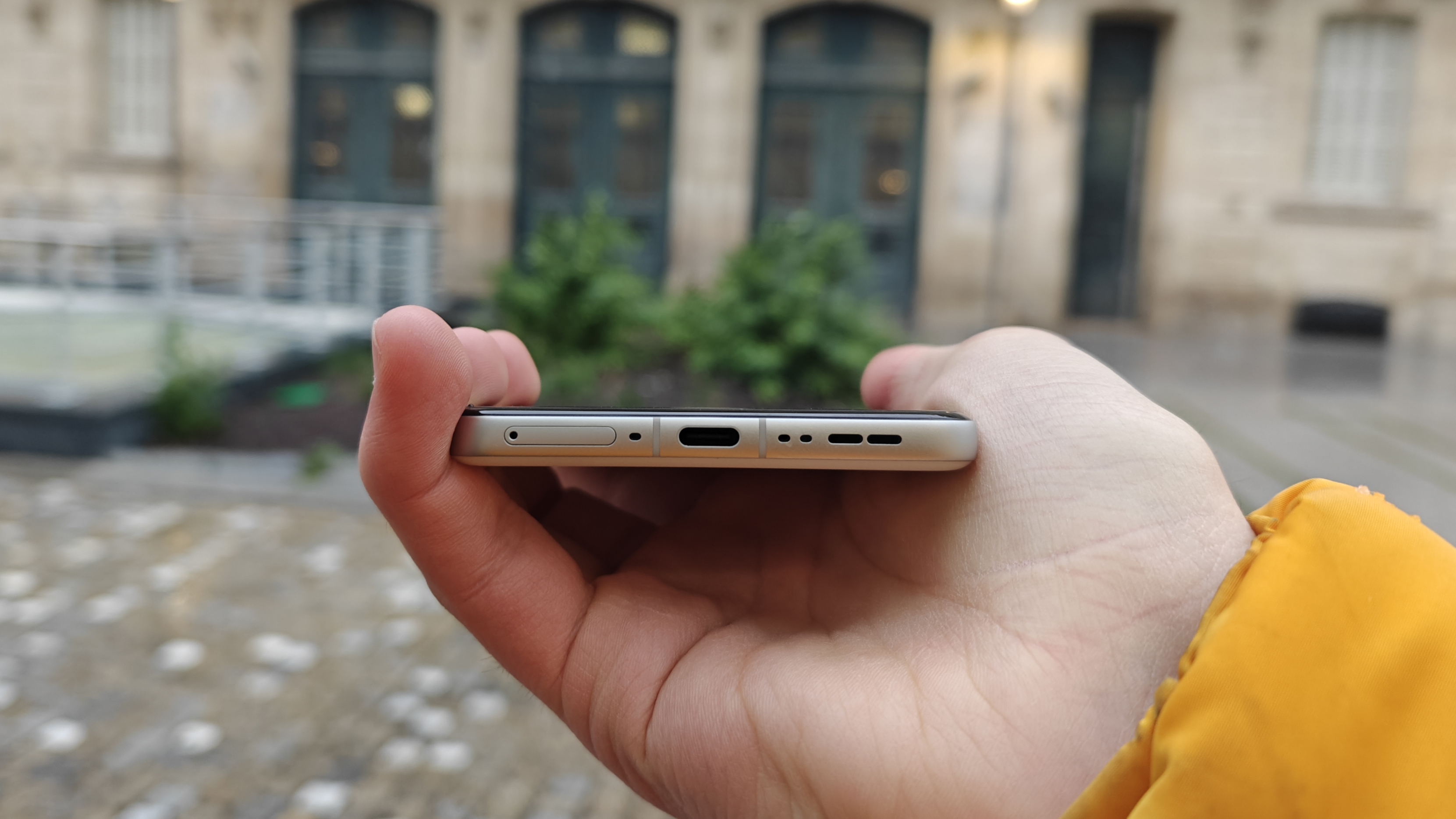
- 5,910mAh battery
- 80W wired charging
- 50W wireless charging
The Oppo Find X8 Pro sports an all-day battery life, with power to spare. The 5,910mAh silicon-carbon battery gives the Find X8 Pro exceptional longevity. It handles busy days of mixed use with no issue, and doesn’t seem to drain too drastically during gaming sessions or when playing back longer videos.
The real magic comes when it’s time to plug in the Find X8 Pro to recharge – the phone doesn't only come with a charger, which is itself a major win in today’s market, but an 80W charger using Oppo’s own SuperVOOC technology. What that means in practice is blisteringly fast charging speeds and more flexibility for battery top-ups. I almost never saw the Oppo Find X8 Pro run out of battery, as even a cursory 5-minute charge could net me an extra 10% or so of battery life. The phone also supports 50W wireless charging, and reverse wireless charging.
When I tested the charging speed of the Oppo Find X8 Pro, I found that the phone reached 50% charge in about 20 minutes and 100% in around 45 minutes. I started the test, as despite my best efforts I couldn't get the phone to completely run out in a reasonable amount of time.
Standby times are also exceptional, and the phone will do everything in its power to prevent this with warnings at 20%, 10%, 5%, and 2%, before launching into Super Power Saving mode at 1%, limiting your usage to just six apps.
Battery score: 5 / 5
Should you buy the Oppo Find X8 Pro?
| Attributes | Notes | Rating |
|---|---|---|
| Value | This is, without a doubt, an expensive phone, but you get a lot of hardware power for your investment. Not overpriced, but certainly not a bargain. | 3.5 / 5 |
| Design | The Find X8 Pro takes some bold steps with its design, but comes together as more than the sum of its parts. | 4 / 5 |
| Display | The Find X8 Pro comes equipped with a big, beautiful screen that makes photos, videos, and games look great. | 4 / 5 |
| Software | ColorOS is as smooth as Android wrappers come, but comes with far too much bloatware and takes just a little too much from iOS. | 3 / 5 |
| Camera | The cameras on the Find X8 Pro are the best I've ever used and are mind-blowingly consistent; an occasionally buggy shutter button is the only let-down. | 4.5 / 5 |
| Performance | Admirable performance with little slowdown means the Find X8 Pro is ready to take on any challenge. | 4.5 / 5 |
| Battery | All-day battery life and exceptionally rapid charging – what more could you want? | 5 / 5 |
Buy it if...
You want the best cameras
The Oppo Find X8 Pro has a simply fantastic camera system that rivals any of our present choices for the best camera phones. The new Quick Button adds even more control.
You want a truly premium design
The Find X8 Pro makes some bold choices with its design, but ultimately feels as luxurious as it does aesthetically fresh. It hits a home run with its ergonomics and is clearly built to last.
You want a beautiful display
The Find X8 Pro comes equipped with a beautiful and immersive 6.78-inch display that rarely looks anything less than great. It's large enough to be a serious contender for watching TV shows and movies on, too.
You want impressive battery life
The Oppo Find X8 Pro lasts a full day of mixed use with energy to spare, with a huge 5,910mAh cell that simply refuses to run all the way down. Charging is absolutely rapid, too.
Don't buy it if...
You're on a budget
The Find X8 Pro offers a lot of high-quality hardware, but you'll certainly pay for it. Chinese phone makers can no longer be relied on to undercut Western brands at the top end of their lineups, and Oppo has proved no different.
You value originality
The Oppo Find X8 Pro does some things better than the iPhone 16 Pro, but it's fairly obvious that the phone was designed with some serious Apple inspiration. If you're someone who likes to reward originality, you might want to look elsewhere.
Oppo Find X8 Pro review: Also consider
The real thing, as it were. Those who want an iPhone probably won't be swayed by the Find X8 Pro, but nevertheless it's worth considering paying a little extra to scratch the Apple itch if it's one you find yourself stuck with.
Read our iPhone 16 Pro Max review
The Samsung Galaxy S24 Plus takes the premium design, exceptional cameras, and powerful AI tools of the base-model S24 and puts them into a larger frame, with a bigger display and even better battery life. If you want a large Android phone from a more recognizable brand, this is one to consider.
Read our Samsung Galaxy S24 Plus review
If you're more intrigued by the Find X8 Pro's Quick Button than anything else, it could be worth taking a look at the iPhone 16. Sure, it's got a humbler specs sheet than Oppo's new flagship, but the Camera Control is far more powerful than the Find X8 Pro's shutter button. It helps that it's a fair bit cheaper, too.
Read our iPhone 16 review
How I tested the Oppo Find X8 Pro
My testing of the Oppo Find X8 Pro included several specifically chosen test scenarios as well as more general day-to-day usage over the course of about one week. The model tested came in the Pearl White color option and came with 512GB of storage.
I used the Oppo Find X8 Pro as my everyday smartphone for about a week to test it, using it to chat with friends and family, scroll through websites and social media, watch videos, listen to music, and play games. I went out to test all four of the phone’s cameras in a variety of conditions. I then considered the performance and value proposition of the Find X8 Pro using my knowledge of the smartphone market and journalistic training.
For more on our smartphone test process, be sure to check out our guide to how we test phones for review.

Jamie is a Mobile Computing Staff Writer for TechRadar, responsible for covering phones and tablets. A lifelong tech-obsessive, Jamie began his writing career as a music blogger before studying journalism at Goldsmiths College, and joined TechRadar in 2024. He thinks the iPhone 5S is the greatest phone of all time, but is currently an Android user.
As well as reporting on the latest in mobile hardware, software, and industry developments, Jamie specialises in features and long-form pieces that dive into the latest phone and tablet trends. He can also be found writing for the site's Audio and Streaming sections from time to time, or behind the decks as a DJ at local venues around London.
